China Advances Quantum Computing with Tianji 4.0 Control System Supporting 500+ Qubits
Origin Quantum, a Chinese startup, has released the Tianji 4.0 quantum control system, designed to support quantum computers with over 500 qubits. This system enhances scalability, integration, stability, and automation in quantum computing. It aims to streamline the development and deployment of quantum computers, transitioning from expert-driven calibration to standardized workflows and accelerating China's quantum technology advancements.
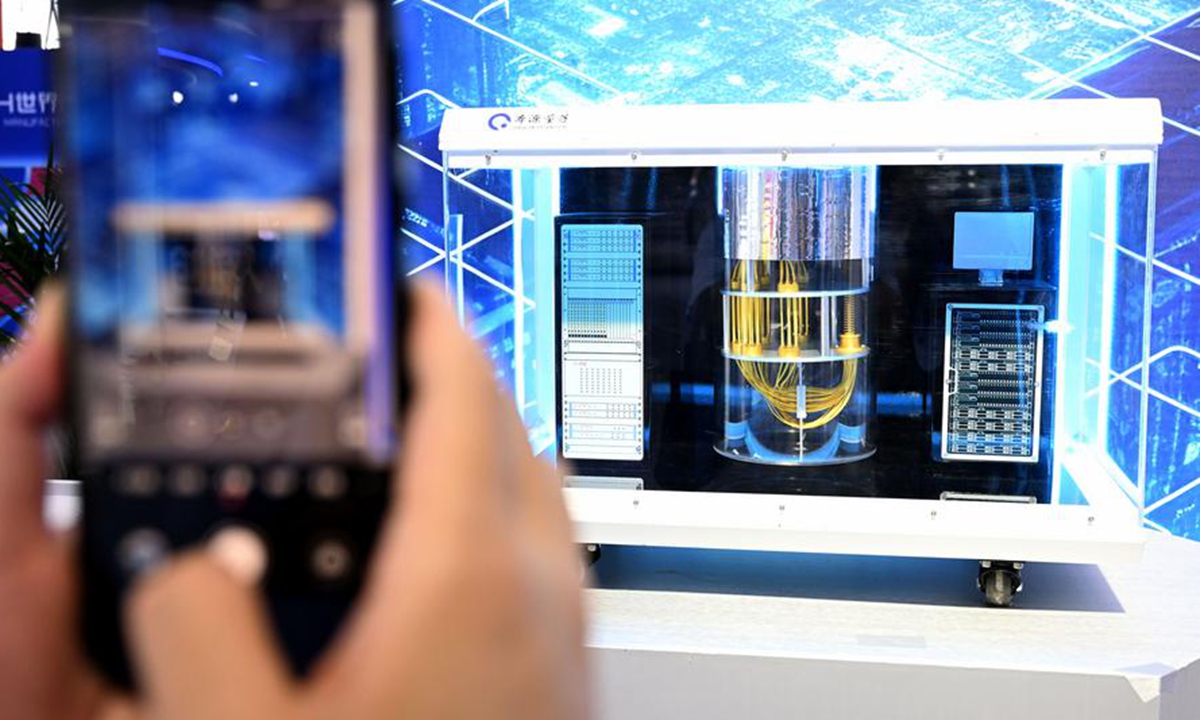
 The Quantum Insider
The Quantum Insider
 Yahoo Home
Yahoo Home
 中国新闻网
中国新闻网
 news.cgtn.com
news.cgtn.com
Cosmic 'Boring' Era: How the Universe's Most Obscure Time Shaped Modern Structures
This article explores the period after Big Bang nucleosynthesis but before neutral atom formation, highlighting its critical role in shaping the universe's structure. It details how quantum fluctuations from inflation grew into density variations, leading to baryon acoustic oscillations and influencing galaxy formation. The piece underscores the significance of this 'boring' era in understanding the cosmos.
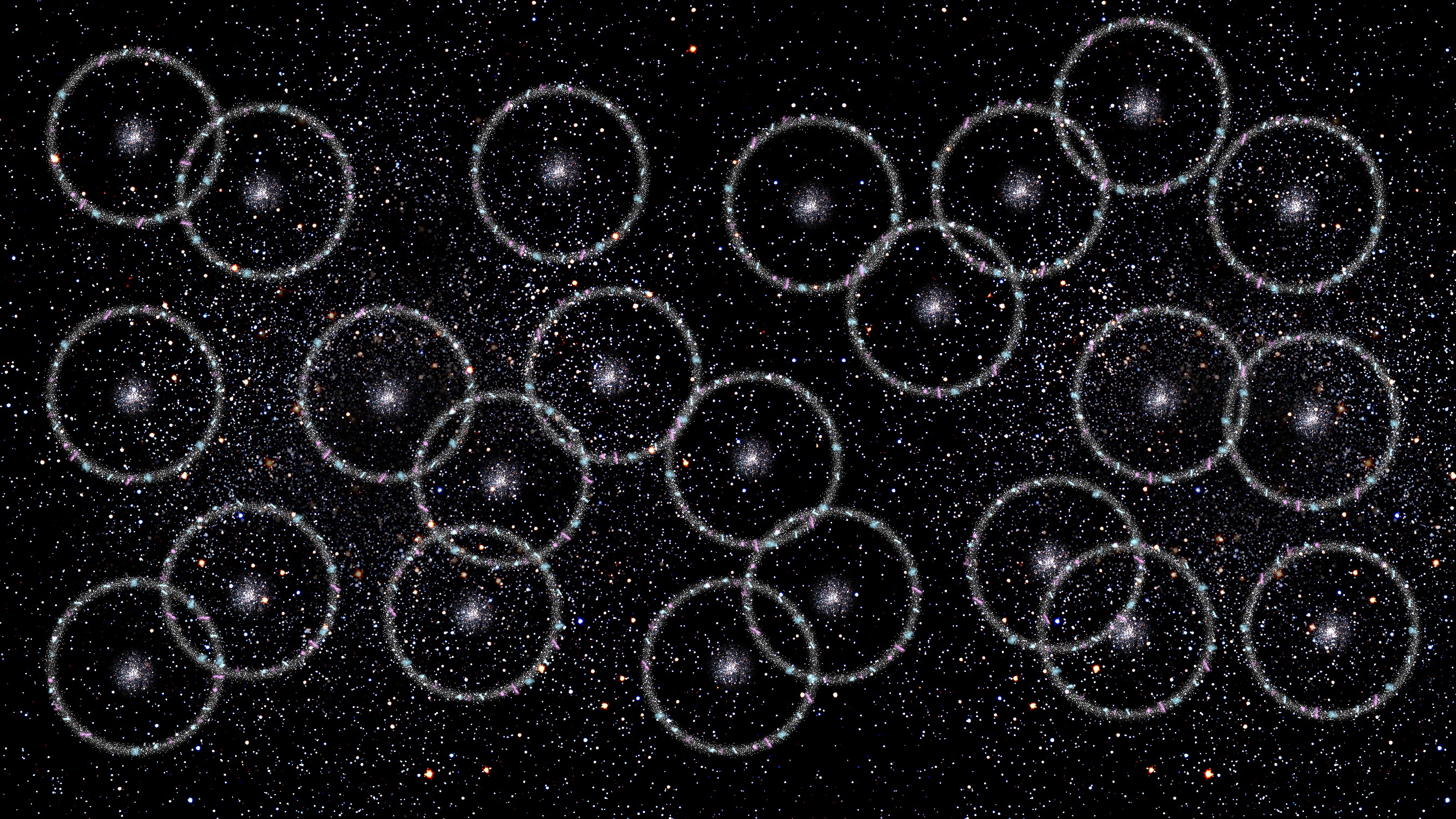
 Big Think
Big Think
High-Order Vortex Beams Enhance MINFLUX Nanoscopy for Sub-Nanometer Resolution
A study proposes and theoretically demonstrates that employing high-order vortex beams can significantly enhance MINFLUX nanoscopy, surpassing limitations of conventional methods. The analysis indicates improvements in localization precision, potentially reaching sub-nanometer scales under optimal conditions, and wider fields of view for raster scan MINFLUX. The study explores the principle of high-order MINFLUX and validates the results through Monte Carlo simulations.
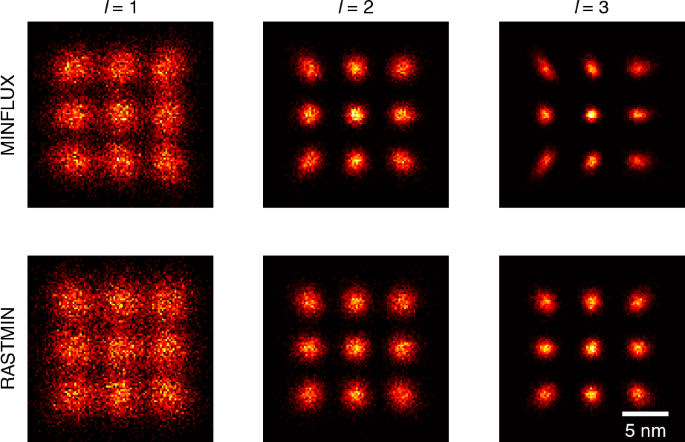
 Nature
Nature
Physicists Develop New Quantum Theory of Gravity Compatible with Standard Model
Physicists at Aalto University have proposed a new quantum theory of gravity that aligns with the Standard Model. This theory aims to reconcile general relativity and quantum field theory, potentially offering insights into black hole singularities, the Big Bang, and the imbalance of matter and antimatter. While promising, further proof is needed.

 Sci.News
Sci.News
Quantum Forces Shape Proton Transfer in Biological Systems, Study Reveals
A study from Hebrew University reveals that proton transfer in biological systems is influenced by electron spin, indicating a quantum aspect to a fundamental life process. The research, focusing on lysozyme crystals, showed that injecting electrons with specific spin orientations affected proton mobility, linking it to molecular chirality and the CISS phenomenon. These findings suggest that energy and information transfer in living systems could be more controllable than previously understood.
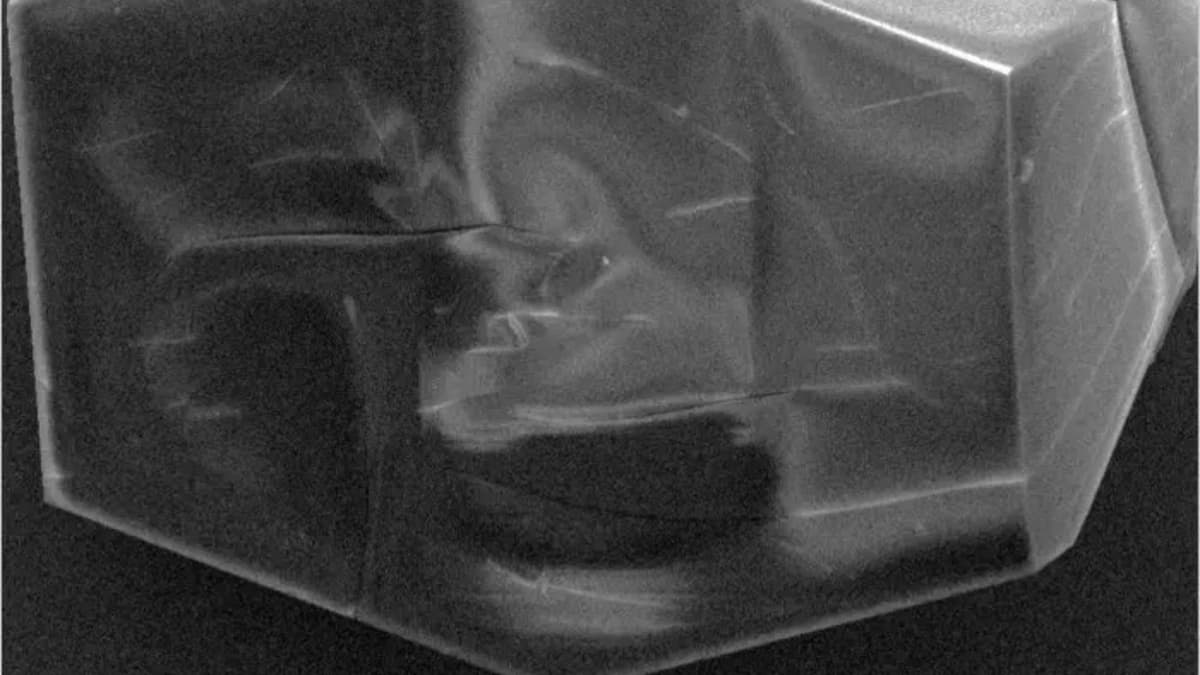
 Interesting Engineering
Interesting Engineering
 Phys.org
Phys.org
 Azərtac
Azərtac
 The Quantum Insider
The Quantum Insider
Physicists Create 'Black Hole Bomb' Analog, Validating Decades-Old Superradiance Theory
Scientists have successfully created a 'black hole bomb' analog in a laboratory, confirming a theory proposed decades ago. The experiment, involving a rotating cylinder and magnetic fields, demonstrates how energy can be extracted from a rotating object and amplified. This breakthrough aids in understanding black hole rotation and has potential applications in signal amplification and energy storage.
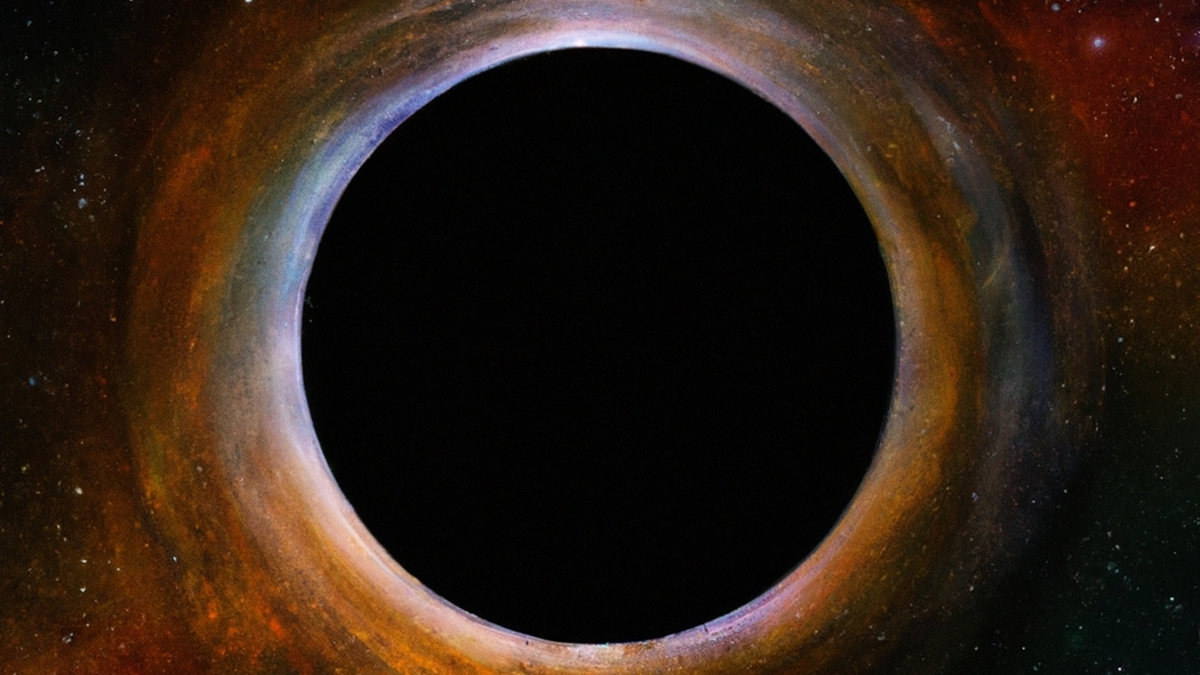
 vice.com
vice.com
 Live Science
Live Science
 La Brújula Verde
La Brújula Verde
 ScienceAlert
ScienceAlert
MIT Engineers Achieve Breakthrough in Quantum Computing with Stronger Light-Matter Coupling
MIT engineers have achieved a breakthrough in quantum computing by demonstrating the strongest nonlinear light-matter coupling in a quantum system using a novel superconducting circuit architecture. This development enables faster quantum operations and readout, potentially accelerating the path to fault-tolerant quantum computers with real-world applications in drug development, cryptography, and weather forecasting.

 El Adelantado de Segovia
El Adelantado de Segovia
 MIT News
MIT News
 Nature
Nature
 SciTechDaily
SciTechDaily
MIT Engineers Achieve Breakthrough in Quantum Computing with Enhanced Light-Matter Coupling
MIT engineers have achieved a significant advancement in quantum computing by demonstrating enhanced nonlinear light-matter coupling using a novel superconducting circuit. This "quarton coupler" allows for faster quantum operations and readout, potentially speeding up the development of fault-tolerant quantum computers and enabling real-world applications like drug design and cryptography.

 El Adelantado de Segovia
El Adelantado de Segovia
 MIT News
MIT News
 Nature
Nature
 SciTechDaily
SciTechDaily
MIT Engineers Achieve Breakthrough in Quantum Error Correction with Novel Superconducting Circuit
MIT engineers have achieved a breakthrough in quantum error correction by developing a novel superconducting circuit, the 'quarton coupler'. This innovation significantly enhances the coupling between qubits and photons, enabling faster readout and processing of quantum information. This progress brings quantum computing closer to practical reality by improving the accuracy and reliability of quantum computations.

 El Adelantado de Segovia
El Adelantado de Segovia
 MIT News
MIT News
 Nature
Nature
 SciTechDaily
SciTechDaily
Novel Spin Detector Achieves Panchromatic Circularly Polarized Light Detection
A novel spin detector based on chiral-2D/3D perovskite heterostructures enables panchromatic detection of circularly polarized light (CPL). Integrating a 3D perovskite layer for enhanced optoelectronic responses and a chiral-2D perovskite layer for spin filtering, the detector achieves a photocurrent asymmetry factor exceeding 0.28 across the visible spectrum, expanding spintronics applications.
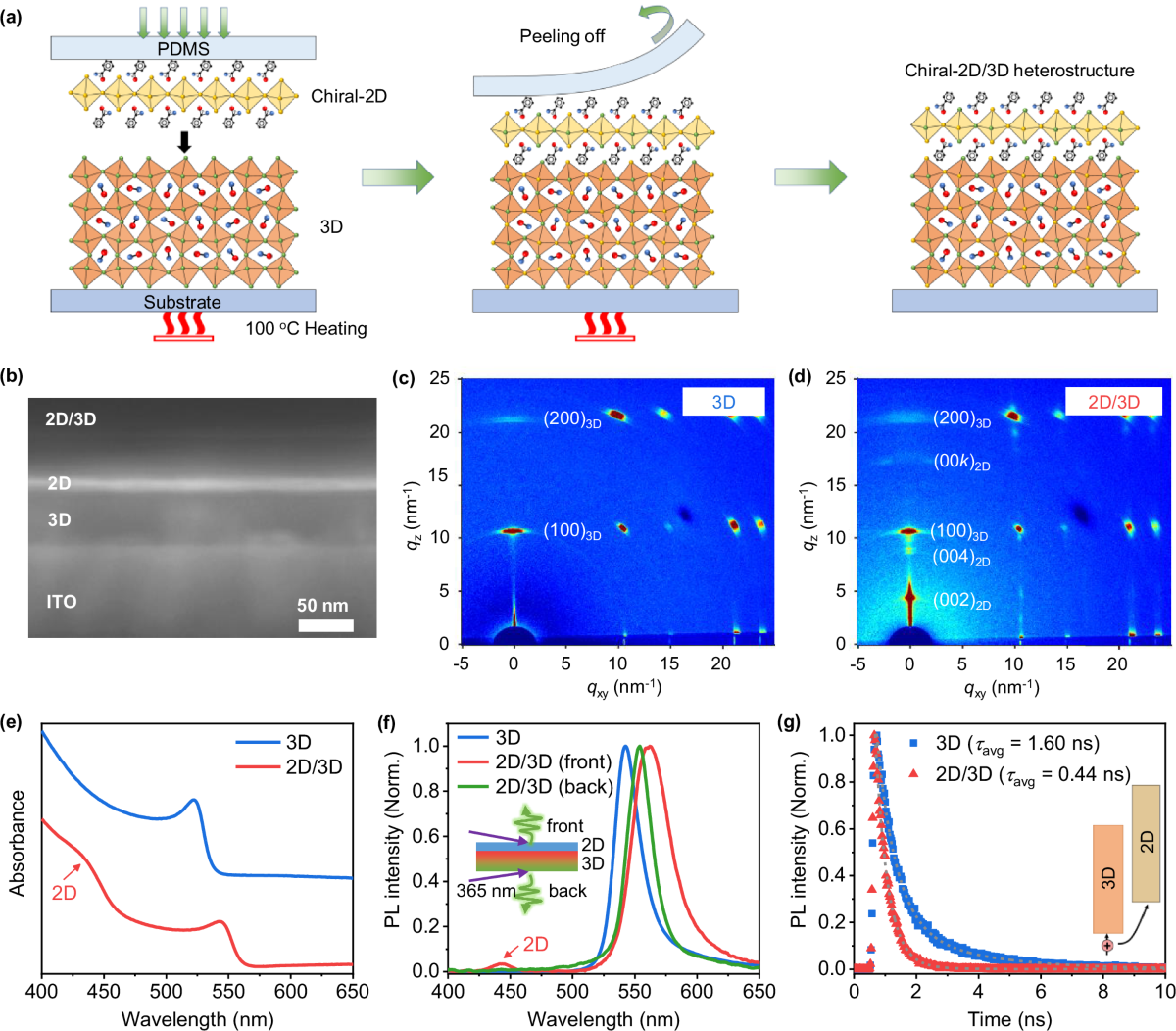
 Nature
Nature
MIT Physicists Capture First Images of Interacting Free-Range Atoms, Visualizing Quantum Phenomena
Researchers have achieved a breakthrough in visualizing quantum mechanics by capturing images of individual atoms interacting freely. This innovative technique, developed by MIT physicists, allows for direct observation of quantum phenomena like boson bunching and fermion pairing, paving the way for further exploration of complex quantum states and validation of theoretical models.
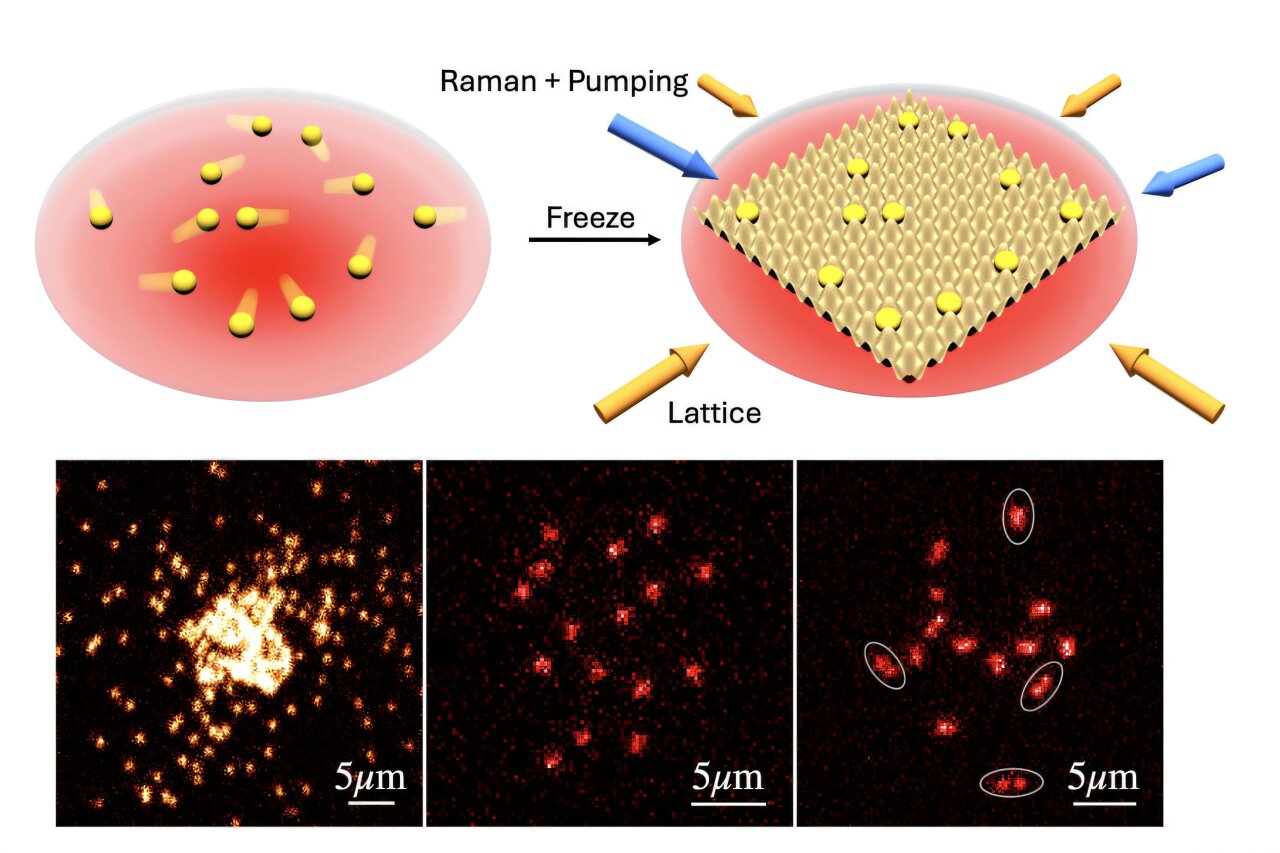
 Phys.org
Phys.org
 American Physical Society
American Physical Society
 MIT News
MIT News
 Yahoo
Yahoo
LHC Physics Season 2025 Underway: Experiments Aim for Ambitious Data Collection
The Large Hadron Collider has begun its 2025 physics data-taking campaign, with proton collisions at 13.6 TeV. Experiments are aiming for luminosity targets similar to 2024. The campaign includes proton collisions, an oxygen ion run, and a lead ion campaign. Significant maintenance and upgrades were performed during the year-end technical stop across the ALICE, ATLAS, CMS, and LHCb experiments.
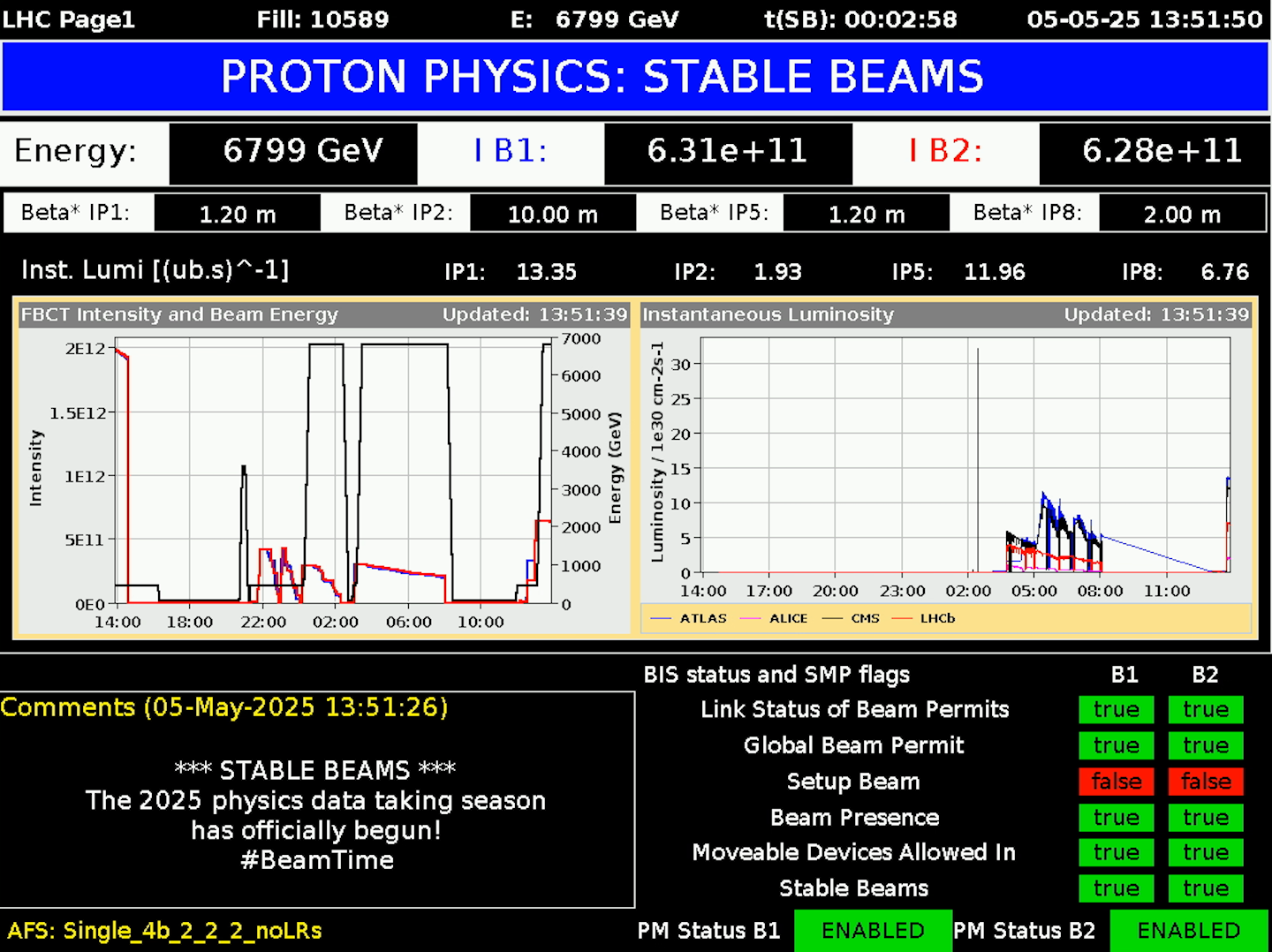
 Home | CERN
Home | CERN
Quantum Material's Magnetic Switching Enables Single-Dimension Information Storage
Scientists discovered that chromium sulfide bromide can store quantum information in a single dimension due to its magnetic switching capabilities. This material, with its layered structure, traps quantum information carriers, which potentially enables more viable quantum computing and sensing due to longer-lasting quantum states. The material can store information using electricity, photons, magnetism, and phonons.

 Live Science
Live Science
ITER's Central Solenoid: A Giant Magnet for Fusion Energy Nears Completion
The article discusses the completion of the Central Solenoid, a powerful magnet for the ITER nuclear fusion reactor in France. This magnet, strong enough to lift an aircraft carrier, is key to containing superheated plasma for fusion. ITER aims to prove fusion as a viable energy source, with the solenoid's completion marking a significant step towards achieving a clean, limitless energy future.
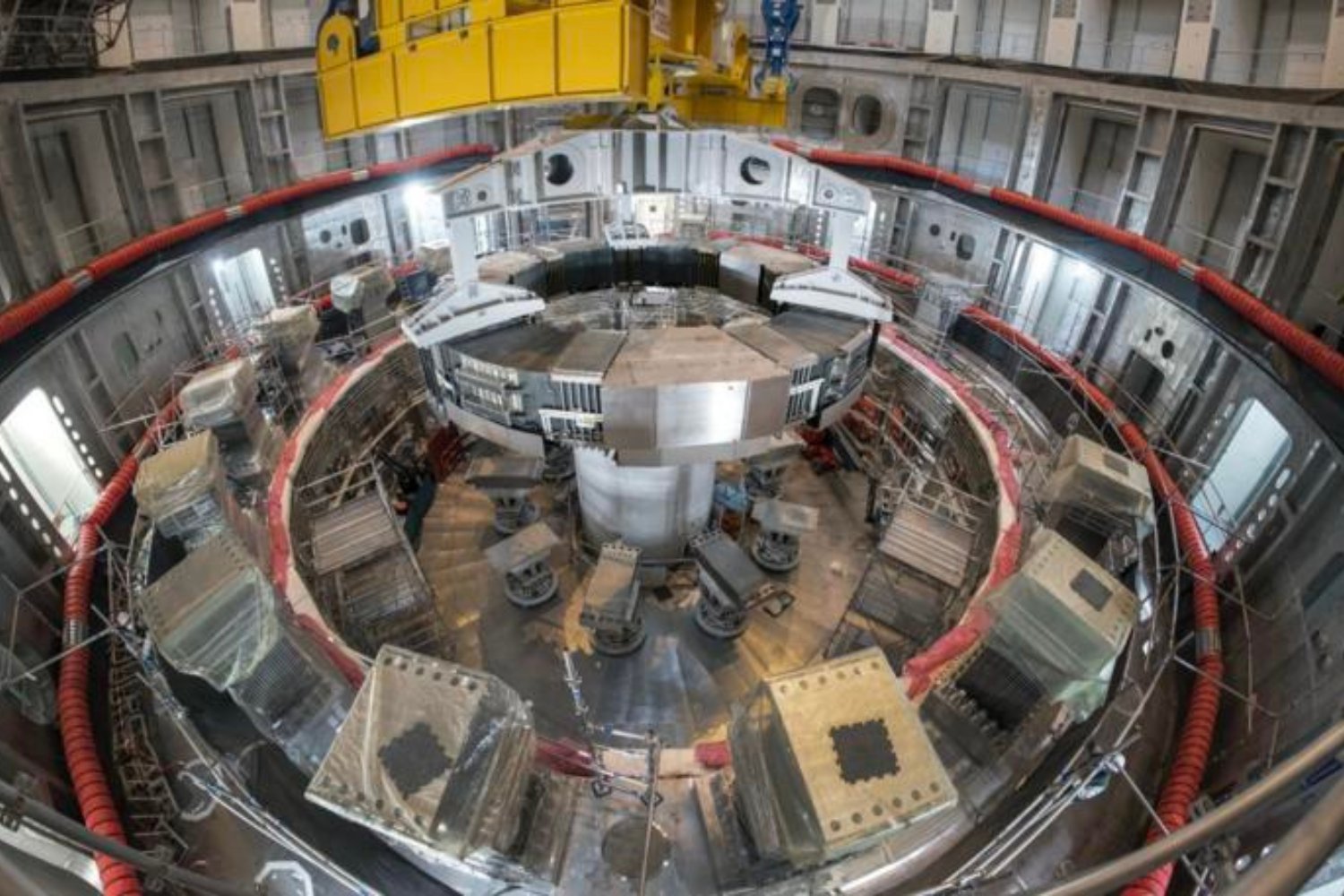
 Gizmodo
Gizmodo
 Phys.org
Phys.org
 Reuters
Reuters
 Diario AS
Diario AS
Magnets Enable Quantum Computing: KAIST, U.S. Researchers Achieve Breakthrough
Researchers from KAIST and the U.S. have successfully demonstrated the use of magnets in quantum computing operations. They developed a photon-magnon hybrid chip using yttrium iron garnet (YIG) magnets and superconducting resonators, achieving lossless signal transmission and multi-pulse interference. This breakthrough could pave the way for scalable, low-noise quantum communication and computing systems using widely available materials.
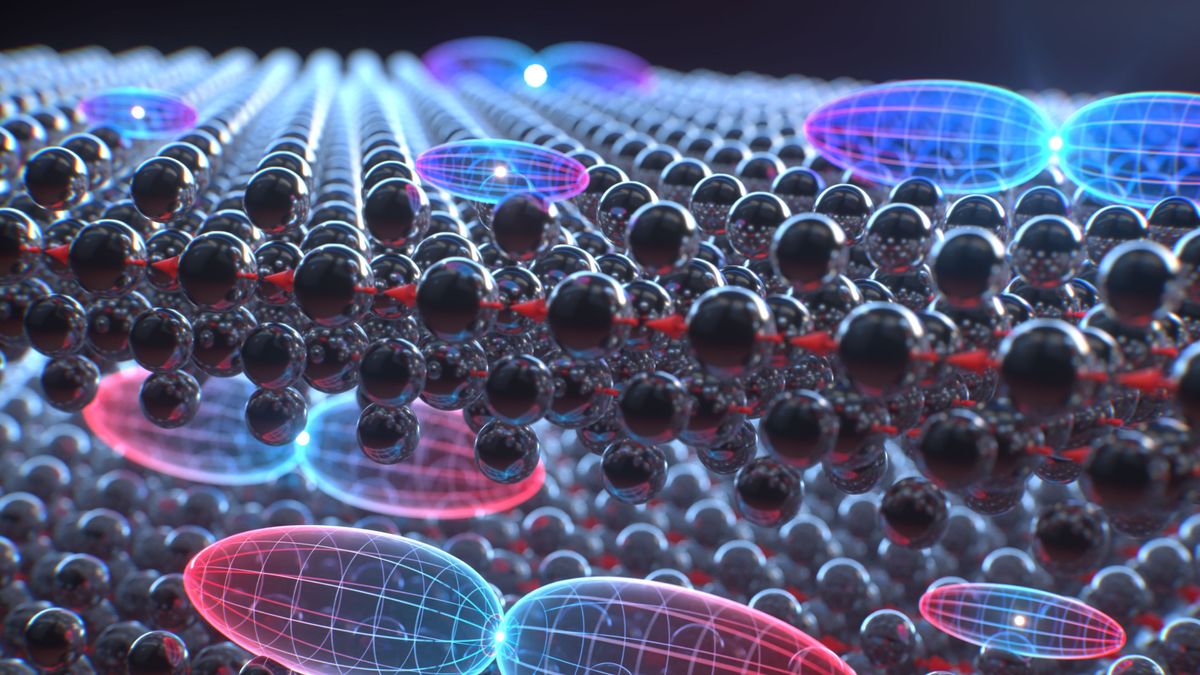
 Live Science
Live Science
 Korea.net
Korea.net
 Chosunbiz
Chosunbiz
 The Quantum Insider
The Quantum Insider
US-Built Magnetic System Arrives in France for ITER Nuclear Fusion Project
The International Thermonuclear Experimental Reactor (ITER) in France receives the US-built Central Solenoid, a massive superconducting magnet crucial for containing superheated plasma in the tokamak reactor. This milestone brings the 35-country collaboration closer to demonstrating the viability of nuclear fusion as a clean and virtually limitless energy source, aiming for a tenfold energy return.
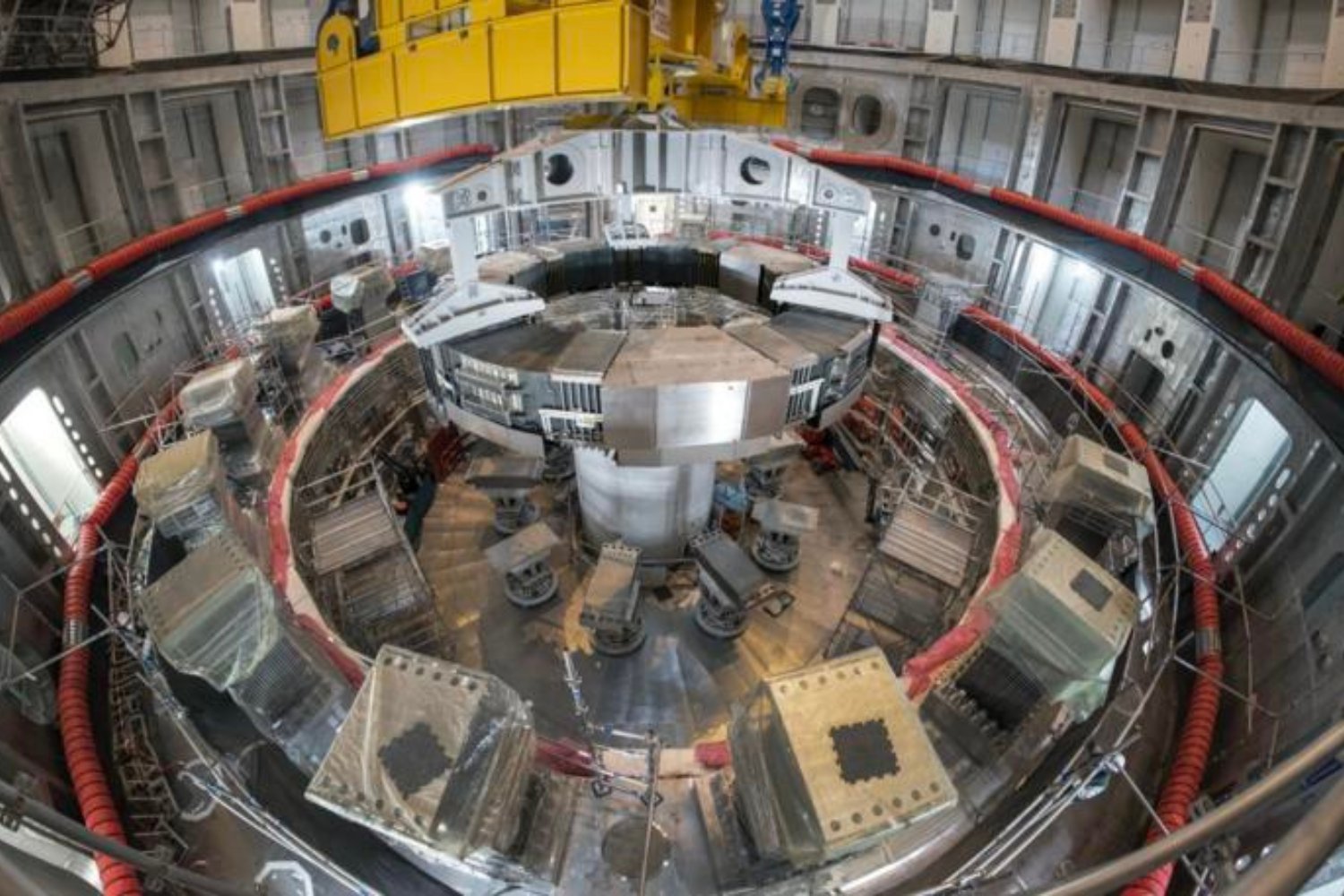
 Gizmodo
Gizmodo
 Reuters
Reuters
 Phys.org
Phys.org
 Diario AS
Diario AS
ITER's Central Solenoid Complete: A Major Step Towards Harnessing Fusion Energy
The International Thermonuclear Experimental Reactor (ITER) reached a milestone with the completion of its Central Solenoid, a critical component for containing superheated plasma in the tokamak reactor. ITER aims to demonstrate the viability of nuclear fusion as a clean and sustainable energy source, with the first plasma expected around 2035. The project involves collaboration among 35 countries.
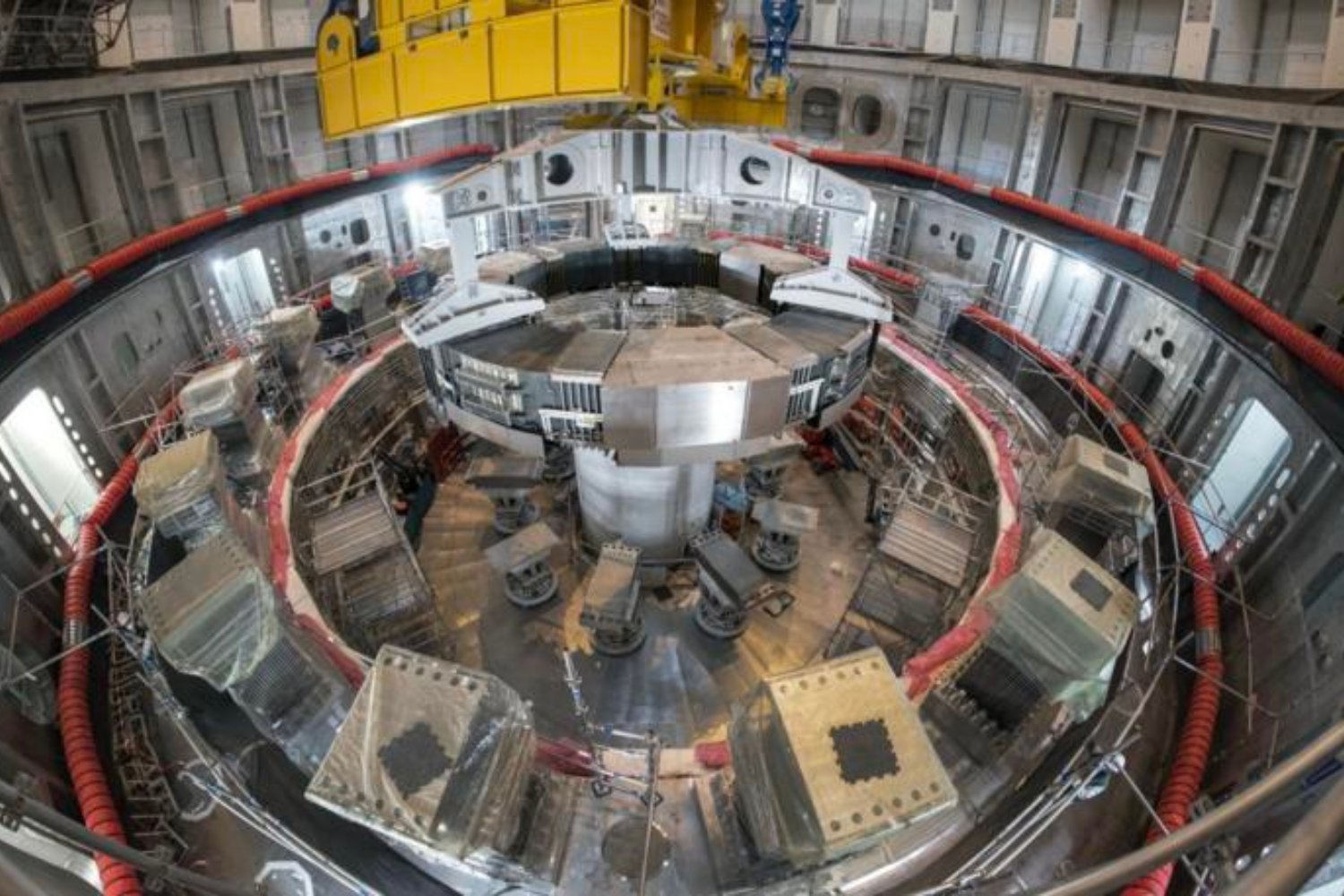
 Gizmodo
Gizmodo
 Popular Mechanics
Popular Mechanics
 Yahoo Home
Yahoo Home
 Phys.org
Phys.org
Quantum Computing: From Theoretical Promise to Nascent Commercial Reality, Experts Debate Timelines
This article synthesizes recent reports and expert opinions on the state of quantum computing, highlighting advancements in hardware and software, growing commercial interest, and ongoing debates about timelines for widespread adoption. It explores the challenges of scalability and error correction, while also noting promising developments in quantum simulation, sensing, and cryptography.

 Nature
Nature
 The Quantum Insider
The Quantum Insider
 TechCrunch
TechCrunch
 Time Magazine
Time Magazine
SABRE South Experiment: Glowing Crystal Core to Hunt Dark Matter in Australia
The SABRE South experiment, located in Australia, seeks to validate dark matter detection claims made by the DAMA/LIBRA experiment. It uses ultra-pure sodium iodide crystals and liquid scintillator to detect interactions, differentiating them from background noise. Data collection is expected to begin by the end of 2025. The experiment could strengthen Australia's role in global particle physics.

 Sustainability Times
Sustainability Times
 Yahoo
Yahoo
 Phys.org
Phys.org
SABRE South Experiment: Scientists Seek Dark Matter Confirmation in Australia
The SABRE South Collaboration is conducting an experiment in Australia to confirm dark matter findings reported by the DAMA/LIBRA experiment. The project utilizes ultra-pure sodium iodide crystals and advanced detection systems to rule out environmental factors and enhance our understanding of dark matter's nature. Data collection is expected by the end of 2025.
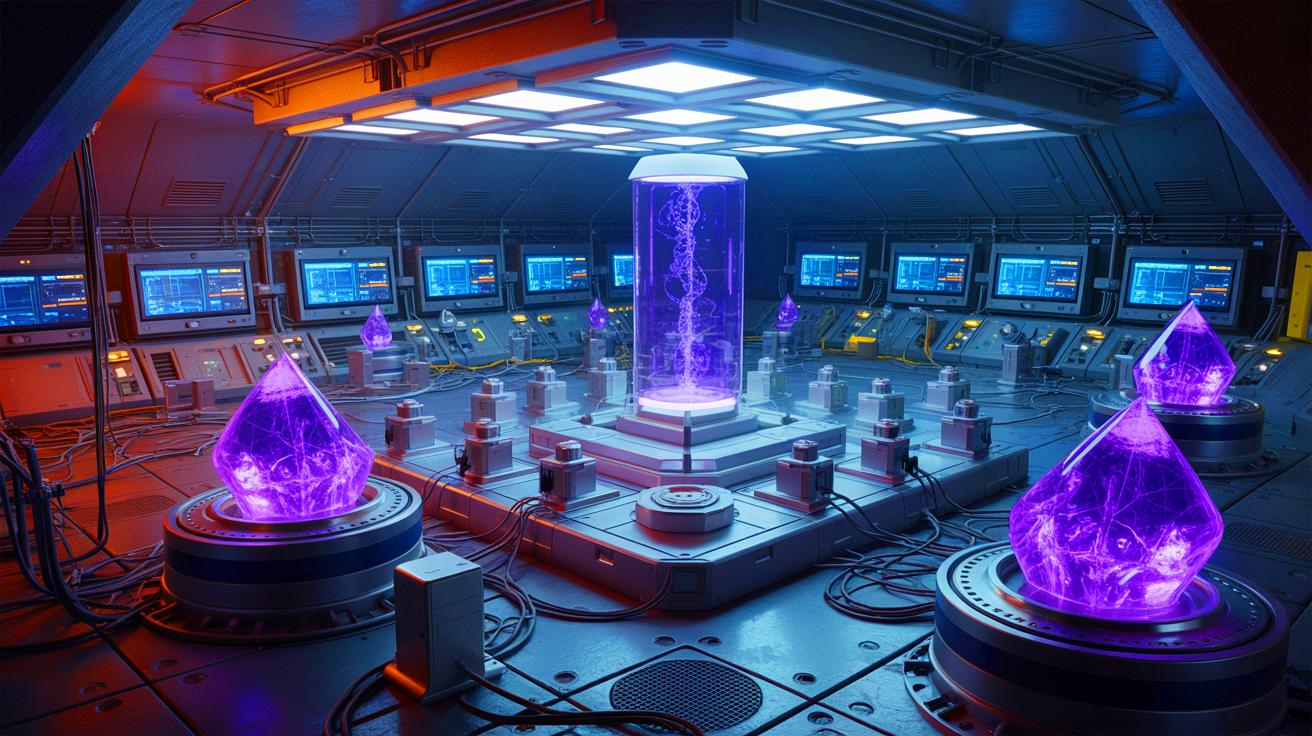
 Sustainability Times
Sustainability Times
